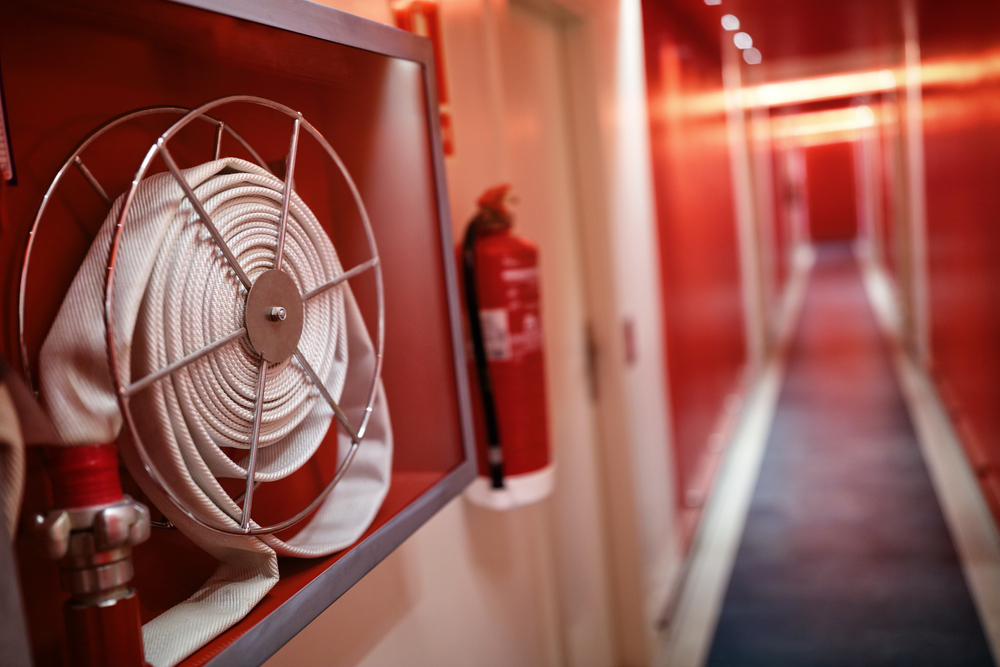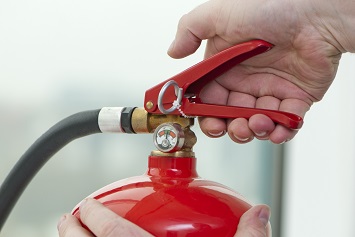Today we’re getting answers from EHS Hero® experts on two questions related to fire safety and training, specifically in the use of hose stations, standpipes, and fire extinguishers. Read on to see what the experts had to say.
Q: What are OSHA standards regarding hose stations and standpipes in facilities? Are employers required to train workers on their use and should they be considered as incipient stage fire brigade members?
Under 29 CFR 1910.158, which covers small hose, Class II, and Class III standpipe systems, there are no specific requirements for training employees in the use of this equipment. However, if employees are expected to use hose stations and standpipes to fight fires, they must be provided with appropriate training to perform this task.
OSHA defines a fire brigade as “an organized group of employees who are knowledgeable, trained, and skilled in at least basic fire fighting operations” (29 CFR 1910.155). If an employer has established a fire brigade that meets this definition, which would include a fire brigade organized to fight incipient stage fires, all members of the fire brigade must be trained before they perform any fire brigade emergency activities, and at least annually thereafter. Fire brigade leaders and training instructors must be provided with training more comprehensive than the training given to general fire brigade members.
OSHA defines “incipient stage fire” as “a fire which is in the initial or beginning stage and which can be controlled or extinguished by portable fire extinguishers, Class II standpipe or small hose systems without the need for protective clothing or breathing apparatus” (29 CFR 1910.155). Therefore, Class II standpipe and small hose systems can be considered equipment used for incipient stage fire fighting.
Q: Does OSHA require hands-on training for employees that are expected to use a fire extinguisher?
Cal/OSHA follows the federal OSHA rules for fire extinguishers, which require employers that provide portable fire extinguishers for employee use in the workplace to provide an educational program that will familiarize employees with the general principles of fire extinguisher use and the hazards involved with incipient stage firefighting. This training must be provided upon initial employment and at least annually thereafter. Employees who have been designated to use firefighting equipment as part of an emergency action plan must receive training in the use of the fire extinguishing equipment upon assignment to this role and at least annually thereafter.
Employees who are designated to use portable fire extinguishers must be provided with hands-on training in the use of the fire extinguishing equipment. However, employers are allowed to determine how hands-on training is provided. Simulated or actual fires are not mandatory parts of this hands-on training but are voluntary. Employers may provide educational materials without classroom instruction through the use of instruction sheets, flyers, or similar types of informal programs. However, the employer must still provide hands-on training in addition to any of these other training methods.
| Ask the Expert is a service provided to subscribers of BLR®’s EHS Hero product, where experts are ready with answers to your organization’s unique questions surrounding EHS compliance. To learn more and request a trial of EHS Hero, click here. |


